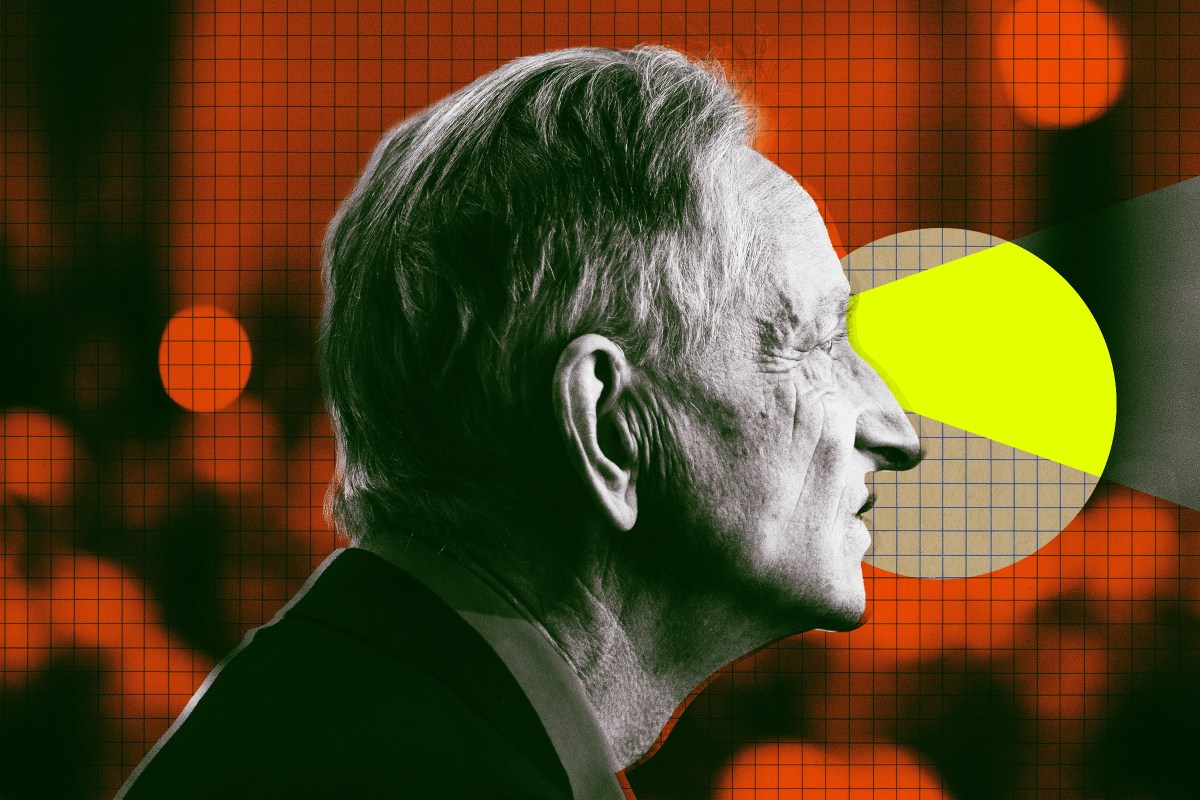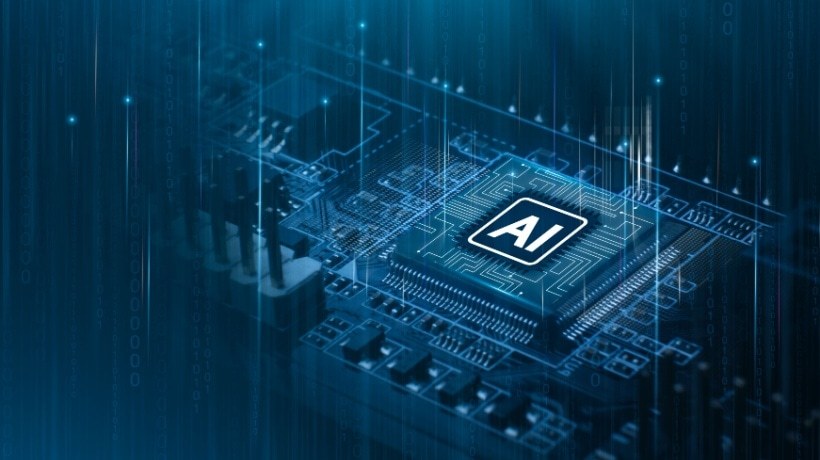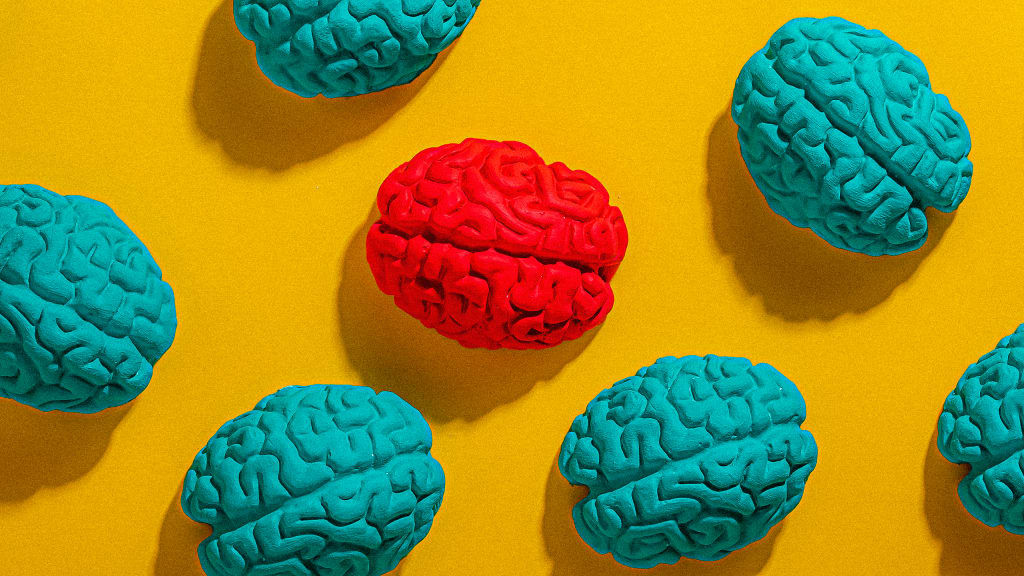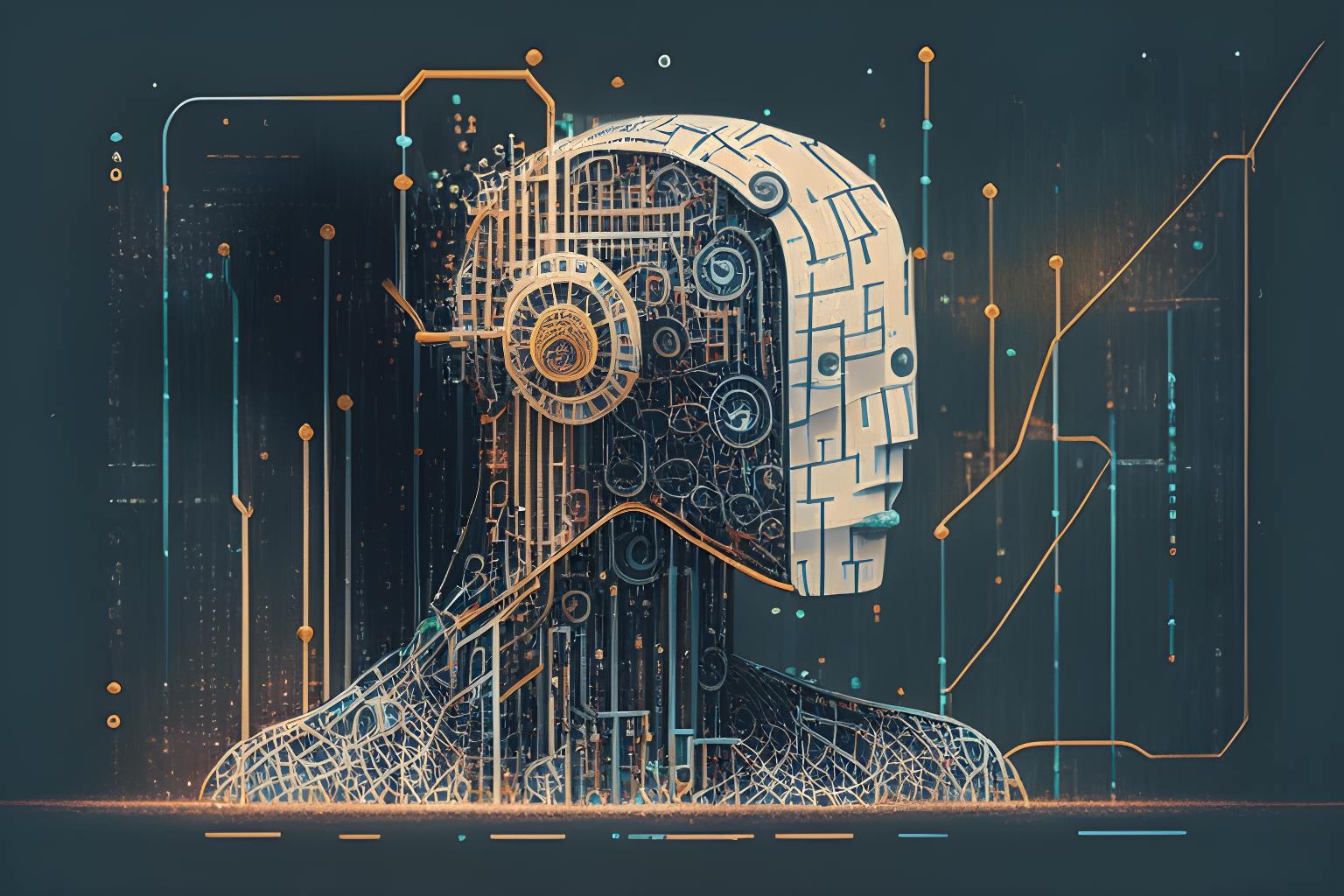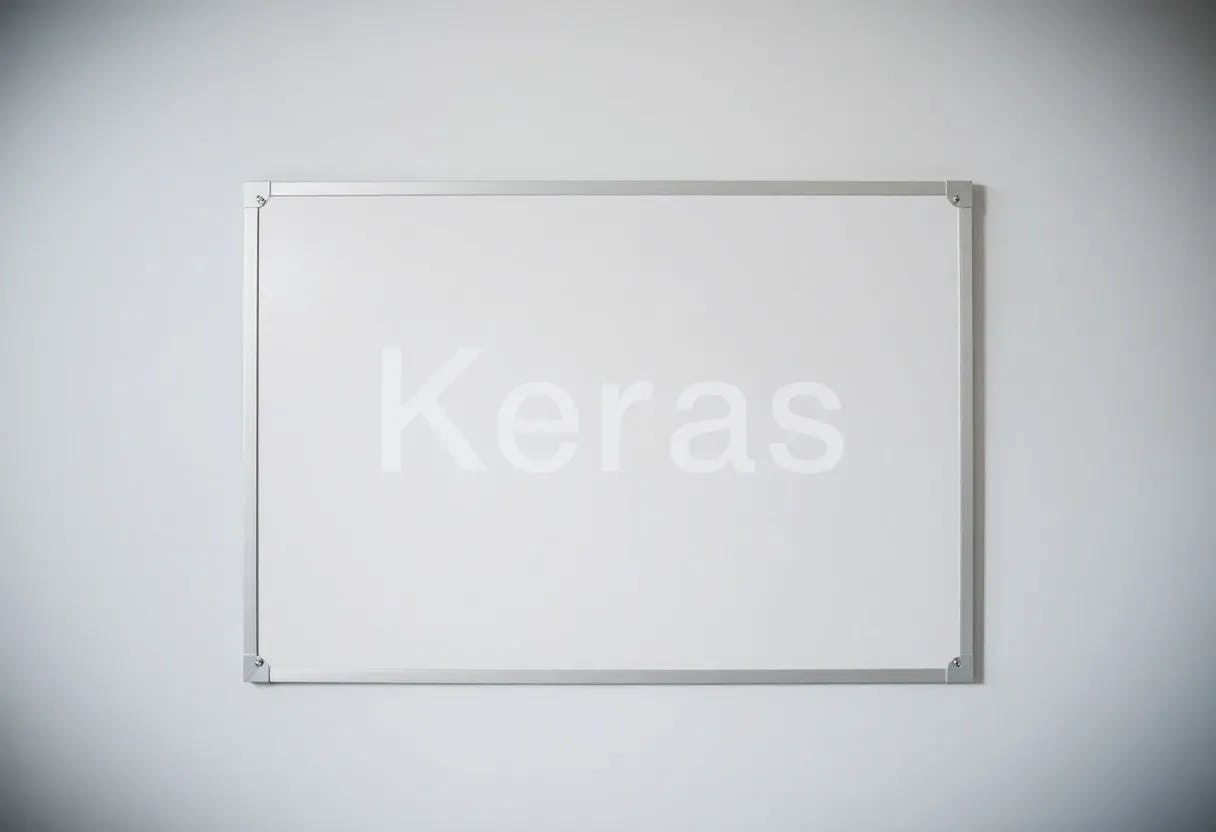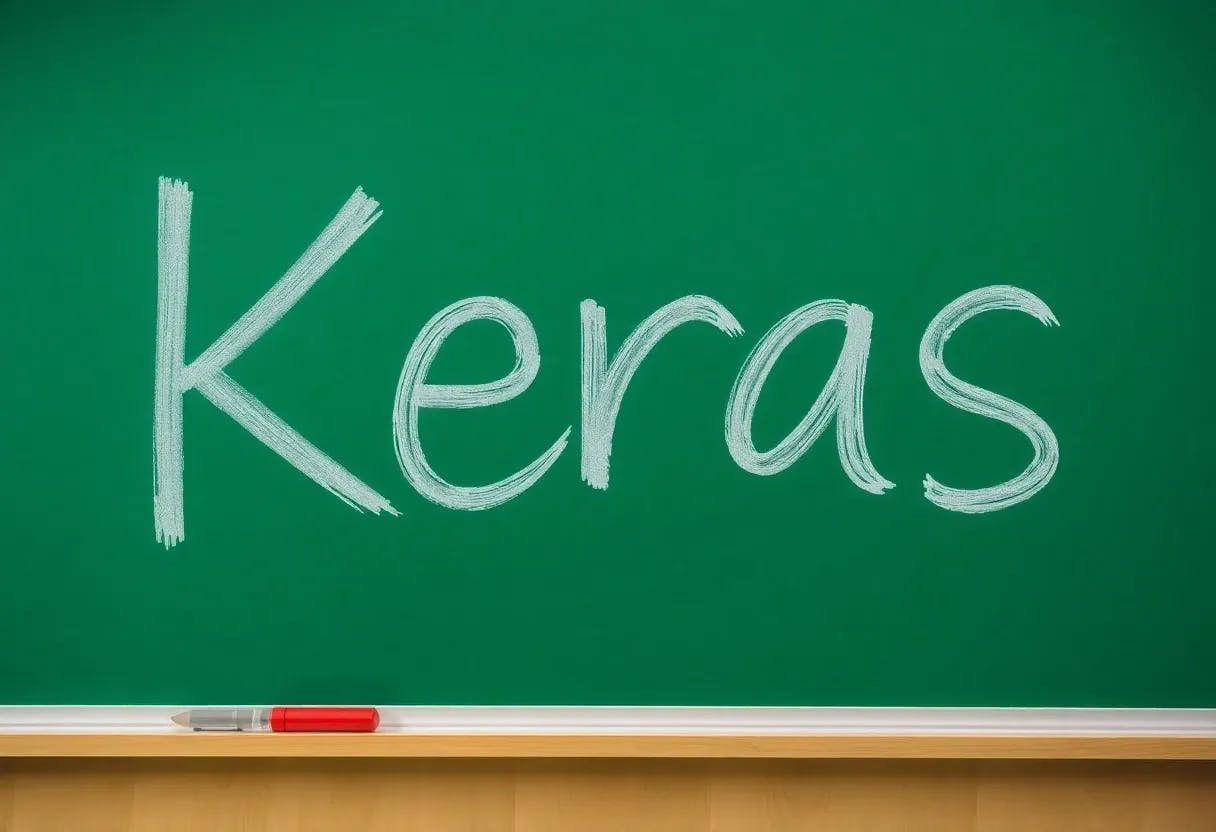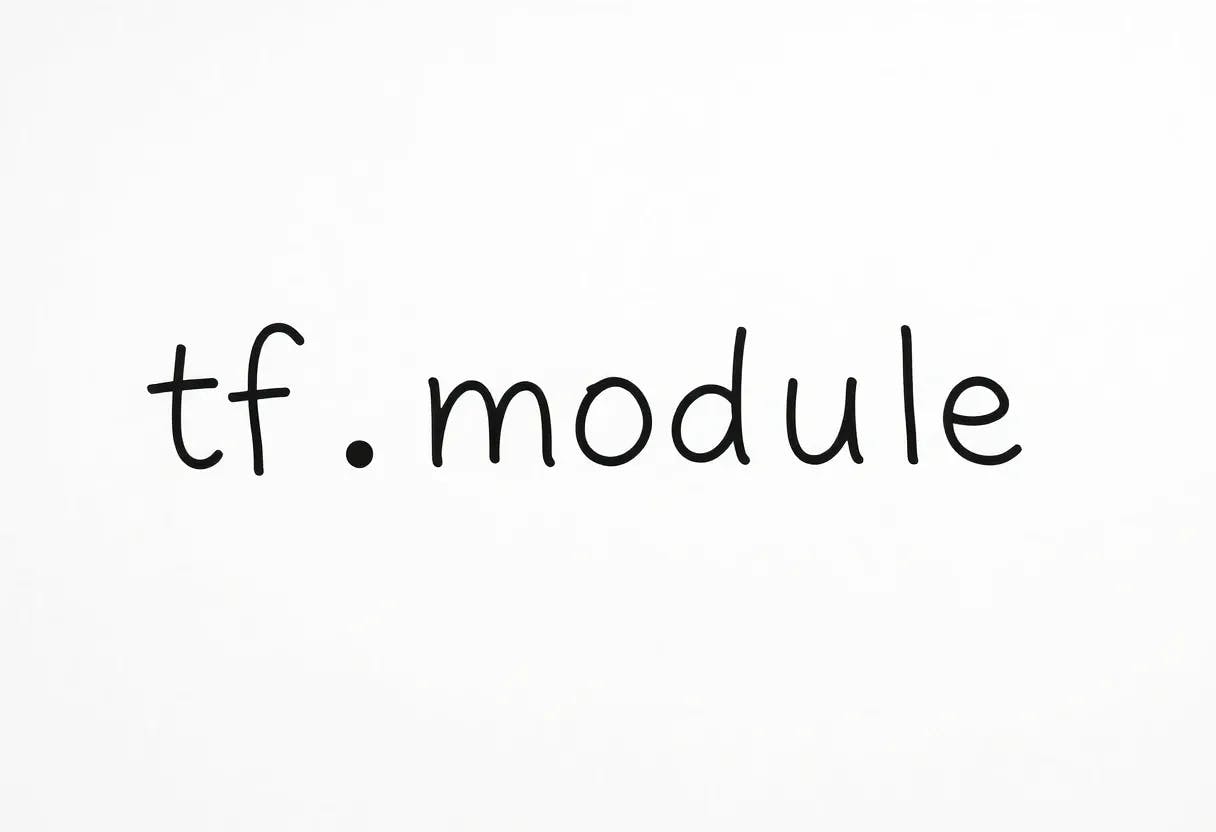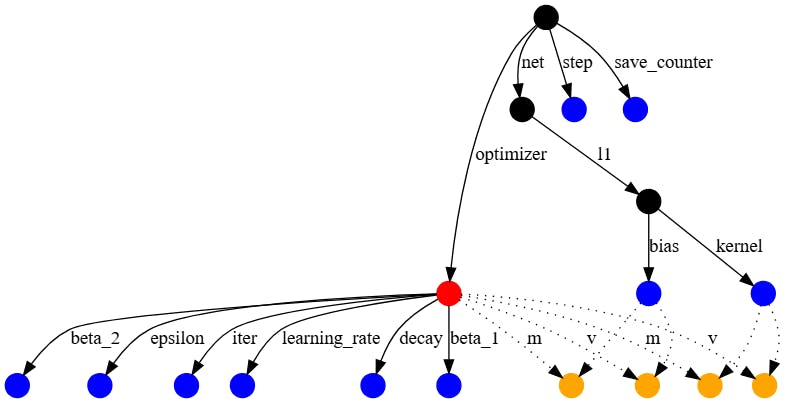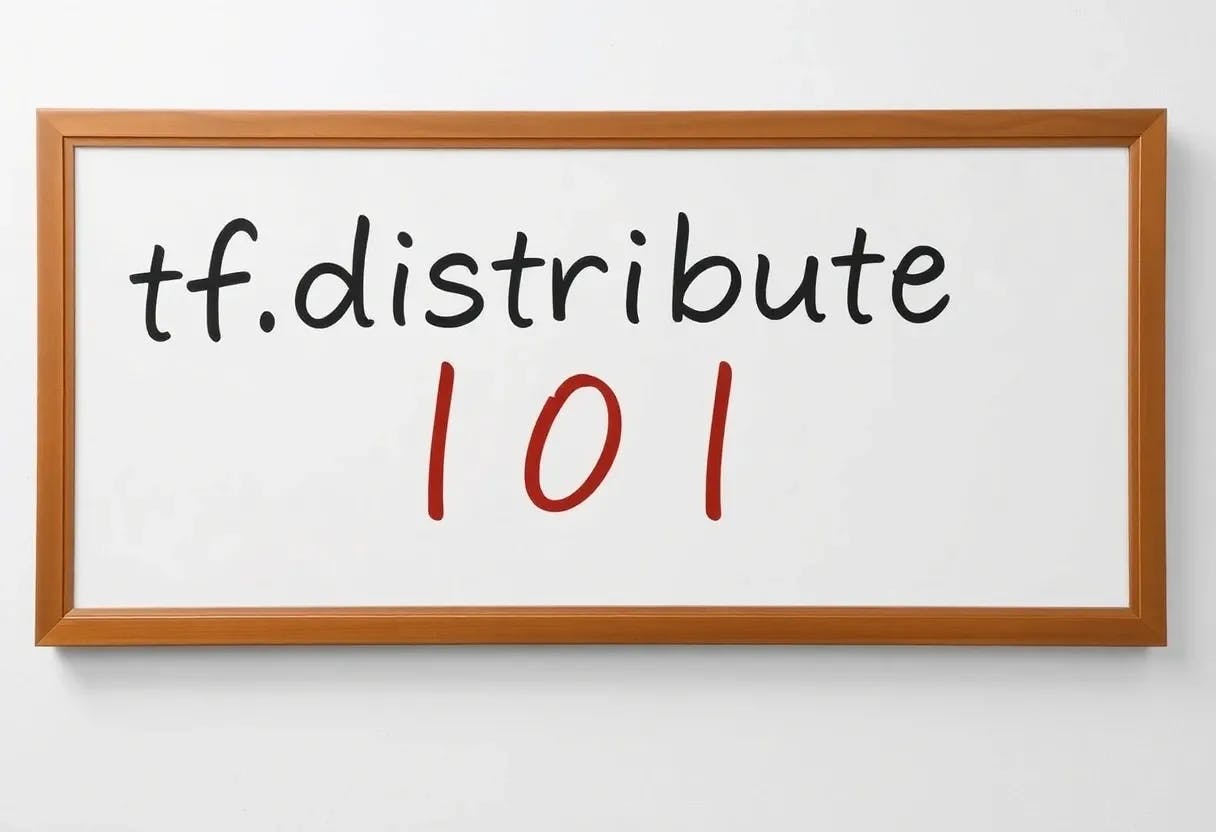#deep-learning
#deep-learning
[ follow ]
#machine-learning #ai #artificial-intelligence #keras #generative-ai #tensorflow #computer-vision #ai-research
fromwww.theguardian.com
2 months agoUK startup Wayve begins testing self-driving tech in Nissan cars on Tokyo's streets
British startup Wayve has begun testing self-driving cars with Nissan in Japan ahead of a 2027 launch to consumers, as the company said it was in talks for a $500m investment from the chip-maker Nvidia. Wayve, based in London, said it had installed its self-driving technology on Nissan's electric Ariya vehicles and tested them on Tokyo's streets, after first agreeing a deal with the Japanese carmaker in April.
Artificial intelligence
fromMedium
3 months agoHow Neural Networks Are Improving Drug Discovery
Neural networks are some of the most promising artificial intelligence (AI) models. These systems process data similarly to the human brain, passing information through a complex network of nodes in the same way information goes through layers of neurons. That makes them capable of solving complicated problems in minimal time, which is particularly advantageous in the medical industry. Drug discovery is a vital but challenging process.
Artificial intelligence
fromHackernoon
2 years agoChallenges in Web-Scale Information Retrieval: From Keywords to Embeddings | HackerNoon
Traditional keyword matching in information retrieval fails to understand user intent, which leads to irrelevant results and limits the diversity of responses, requiring query alterations to be effective.
Web development
fromHackernoon
5 years agoTeaching Old Preconditioners New Tricks: How GNNs Supercharge Linear Solvers | HackerNoon
Recent advancements suggest that employing small Graph Neural Networks to craft preconditioners could significantly enhance performance while preserving necessary sparsity, thereby optimizing computational efficacy.
Artificial intelligence
[ Load more ]
